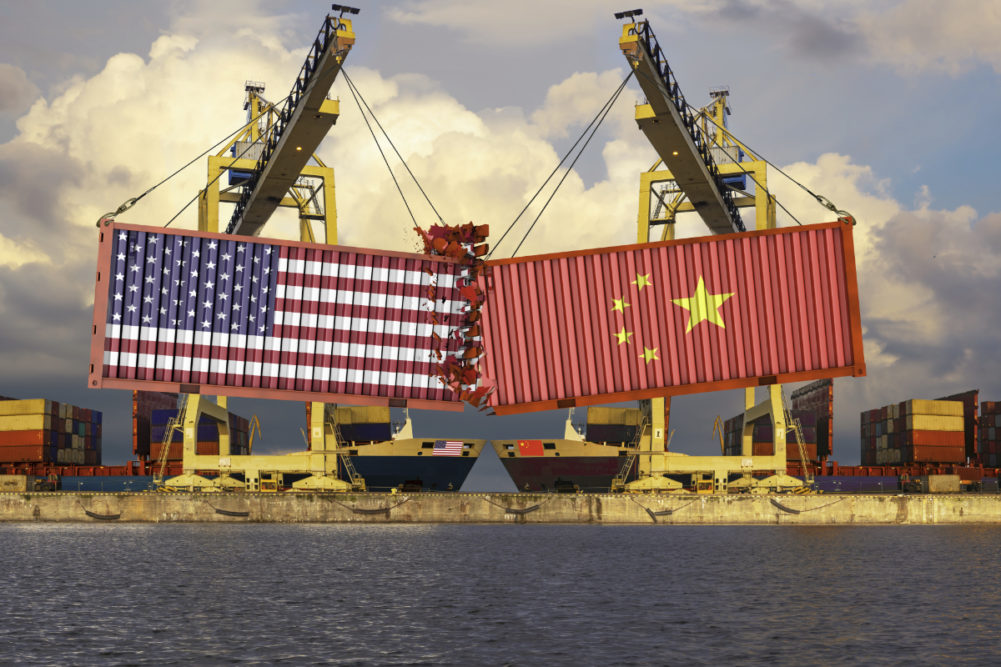KANSAS CITY, MISSOURI, US – Relationships between capitalist and communist governments are rarely cordial, even in times of global peace and prosperity. But the coronavirus pandemic that originated in China before spreading worldwide, leading to unthinkable loss of life and economic damage, has caused the already volatile relationship between the United States and China to descend into an even greater level of contempt and mistrust.
Thus, the fate of phase one of the countries’ trade deal struck last January, which includes a promise by China to purchase billions of dollars of US soybeans and other grain products, remains uncertain. In a dizzying frenzy of contradictory messaging and actions, China announced a halt to US soybeans purchases on June 1, then preceded to ramp up purchases from the United States over the next several weeks. In late June, US trade advisor Peter Navarro told a news outlet that the China-US trade deal was “over,” only to hours later say his comments were taken “wildly out of context,” while U.S. President Donald Trump confirmed in a tweet the deal with China was “fully intact.”
How did we get to this confusing point? At roughly the same time the deal was reached in January, reports of a novel coronavirus outbreak originating in Wuhan, China, began capturing the world’s attention. Just a few weeks later, it evolved into a global pandemic that is still ongoing, having infected millions while killing hundreds of thousands. No country has been harder hit than the US, which has by far the highest number of COVID-19 cases and deaths. It also has crippled the once-soaring US economy, causing double-digit unemployment and leading analysts to forecast a cataclysmic 40% second-quarter decline in GDP.
As details about the origins of the virus emerged, US officials accused the Chinese government of failing to contain COVID-19 by allowing Chinese citizens to fly internationally for several weeks after it knew the virus was transmitted between humans. Trump even brazenly dubbed it the “Chinese Virus,” inflaming an already tense situation. With all this acrimony, it’s not surprising that China, like it did the previous two years of the trade war, is looking to Brazil as its primary soybean supplier in 2020. Although China will still need millions of tonnes of US soybeans to meet demand, the amount will likely fall short of the huge quantities it bought in pre-trade war years and promised to buy this year.
Easing of diplomatic tensions in the short term appears doubtful. China is likely waiting to see what happens in the Nov. 3 US presidential election. If Democratic challenger Joe Biden, who currently leads in the polls, defeats Trump, tensions between Washington and Beijing could ease a bit, perhaps opening the door for increased trade.
It’s important to note that the US isn’t the only country at odds with China. In May, Australian Prime Minister Scott Morrison called for an investigation into the origins of the COVID-19 pandemic. China angrily responded by banning Australian meat imports and slapping a tariff on incoming barley shipments, effectively cutting off imports from its largest barley supplier. With its 1.4 billion mouths to feed, how long can China afford to engage in a feud with its most dependable soybean and barley suppliers? The answer may depend on who wins the US presidential election and how deeply governments such as Australia are willing to dig for answers regarding the origins of COVID-19.
Follow our breaking news coverage of the coronavirus/COVID-19 situation.




